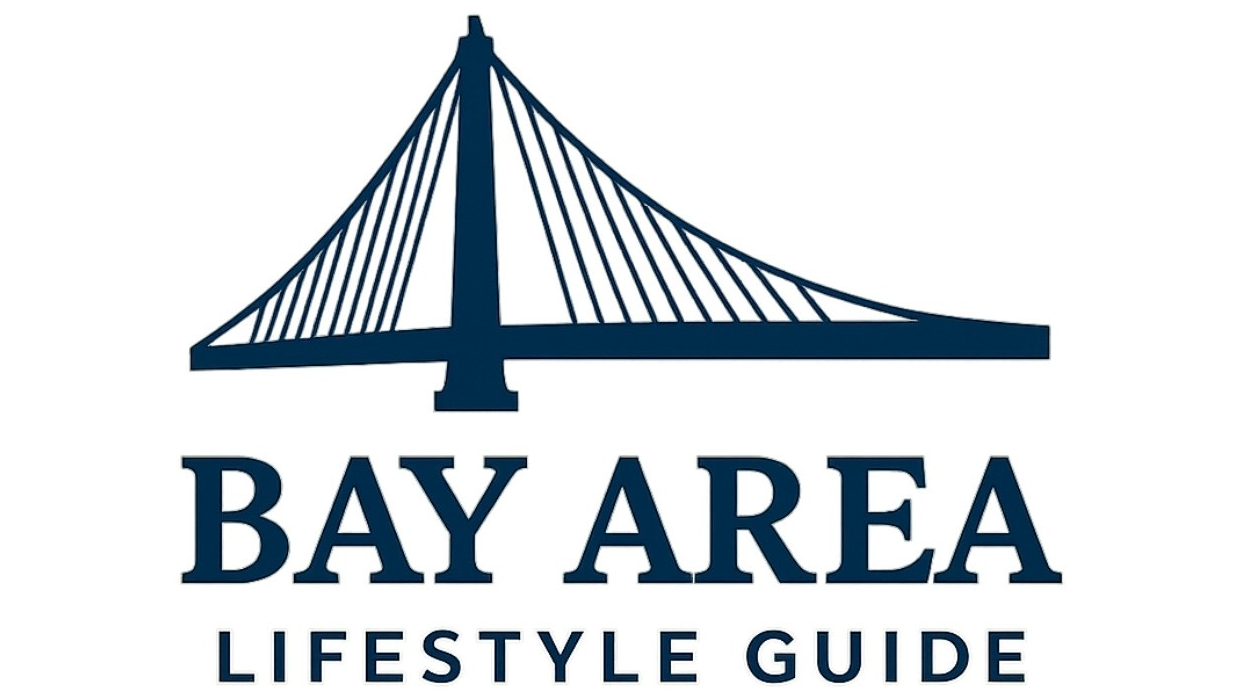
Political Turmoil Breeds Violence: A Troubling Trend
On September 19, 2025, Anibal Hernandez Santana, a 64-year-old Sacramento resident, allegedly fired a gun at the headquarters of local ABC affiliate ABC10. While thankfully no one was injured, the incident serves as a stark reminder of the growing political animosities in today's society. Just days before the shooting, Santana, whose car contained anti-Trump messages, shared troubling thoughts on social media. His situation reflects not only an individual's anger but also a broader context of escalating tensions surrounding political discourse.
The Human Stories Behind Political Violence
As part of a community deeply invested in nurturing healthy conversations, it’s essential to remember that behind every violent act are complex stories and emotions. Santana's case reminds us of the pressing need for empathy and understanding in local dialogues. His note mentioning the need to take “the next scary thing” has resonated with many, sparking conversations about how to express dissent without resorting to violence. Grassroots initiatives in the Bay Area often foster dialogues surrounding mental health and political expression. In this case, however, it becomes evident that more discourse about healthy communication methods is needed.
Art and Expression: An Antidote to Frustration
The arts have long served as a platform for expressing dissent, channeled creativity into social critique, and often offer an alternative to violent actions. As residents of a culturally rich area like the SF Bay, turning to art can be a healing remedy for many feeling lost in these turbulent times. Initiatives such as local art exhibitions focusing on community sentiments can encourage people to share their frustrations in transformative ways. Embracing these artistic outlets not only enriches the community culture but can also serve as a protective barrier against violence stemming from political frustrations.
Social Media Influence: A Double-Edged Sword
Social media plays a pivotal role in shaping public opinion and personal emotions. In Santana's case, his posts on platforms like Xitter reveal a deeply emotional engagement with politics. But they also raise concerns about how easily anger can morph into harmful actions. Many in the Bay Area are advocating for responsible social media usage—a concept that encourages digital citizenship and promotes counter-narratives to agitation. For lifestyle-conscious adults in our community, the message is clear: engage responsibly and cultivate discussions that contribute to community welfare.
Future Implications: The Need for Open Dialogue
Looking ahead, the Santana case highlights the dire need for open, respectful dialogues about political beliefs. With the potential of individuals feeling increasingly isolated in their political frustrations, communities must step up to foster inclusive conversations. Establishing forums where individuals can safely express their views without fear of reprisal is key. Rather than punishing dissent, we can explore the nuances of differing opinions to prevent tragedies from occurring.
Conclusion: Building a Caring Community
As we absorb the weight of incidents like the one at ABC10, it becomes ever more vital to foster compassion and understanding among community members. Workshops, art initiatives, and mindful social media discussions can reshuffle how we perceive political adversity. It's essential to recognize the root causes of this violence and turn our community into a nurturing space that values healthy expression over aggression. The path to healing begins with us—let's make the conscious choice to build bridges instead of widening divides.
 Add Row
Add Row  Add
Add 



Write A Comment